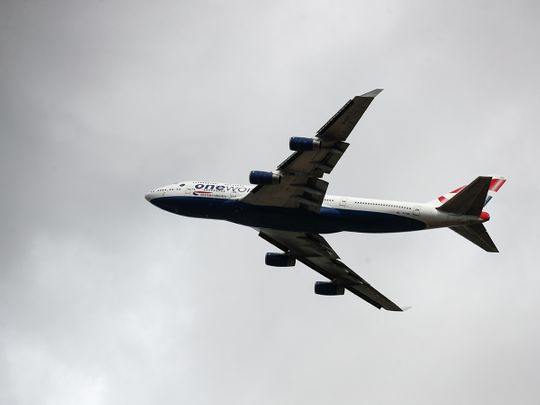Dubai: Global airlines will end the year losing more than $100 billion… and even touching as much as $118 billion, according to the latest forecasts from International Air Transport Association (IATA). That’s against the $84 billion it had projected earlier.
“We’ve been forced because of the very disappointing second-half of this year (and) the very weak restarts of the industry,” said Brian Pearce, IATA’s Chief Economist during a webinar.
Read More
The industry body now expects airlines to lose another $38 billion in 2021, compared to its previous forecast of just $15 billion. Although a significantly reduced amount, it is still “much more than what the industry lost in the previous crises of 9/11 and the global financial crisis,” said Pearce.
Pinning it on vaccine
“The news on the vaccine makes us more confidence in our baseline forecasts for travel rebounding later next year,” said Pearce. “Airlines could stop burning through cash; by the end of next year they may, at an industry level, get to being cash positive by the fourth quarter of 2021.”
However, by the end of next year, airlines will have burned another $18 billion of cash to keep their operations going, said Pearce. “There’s a gap between where they are today and that more improved position towards the end of next year – that’s a problem.”
That might be too late for some airlines. “The average airline had eight or nine months of cash left from the middle of the year, so that would last until the end of the first quarter,” said Pearce. “It’s really not until the fourth quarter that we’d expect to see the revenue situation substantially improved.”
When will fliers return?
Passenger numbers are expected to rise to 2.8 billion in 2021. That would be 1 billion more than in 2020, but still 1.7 billion travelers short of 2019’s.
Cargo will continue to perform well, partly due to the role it will play in upcoming vaccine distribution. IATA expects volumes to grow to 61.2 million tonnes next year, matching the 61.3 million tonnes in 2019.
“A continued capacity crunch due to the slow reintroduction of belly capacity from passenger services combined with a higher proportion of time- and temperature-sensitive cargo will see a further 5 per cent increase in yields,” said IATA. As a result, cargo revenues will hit a historic high of $139.8 billion.
In deep debt
The only thing that has enabled airlines’ journey so far is government aid, namely $173 billion in direct or indirect state support. But, that has come at a huge cost.
The debt load has now ballooned to $651 billion, said IATA’s CEO Alexandre de Juniac, who urged governments to fund airlines in other forms. “Bridging airlines to the recovery is one of the most important investments that governments can make. It will save jobs and kickstart the recovery in the travel and tourism sector, which accounts for 10 per cent of global GDP.”


